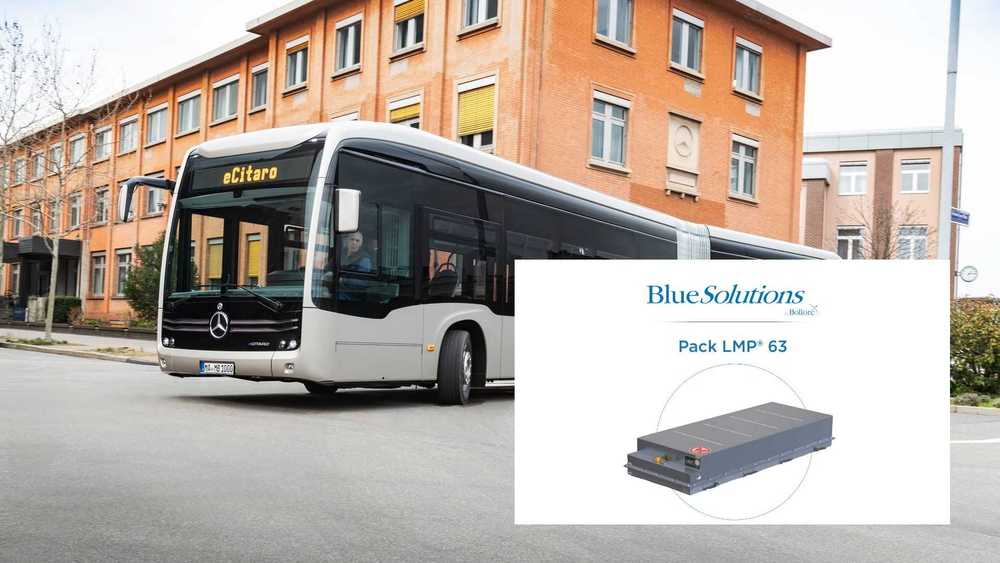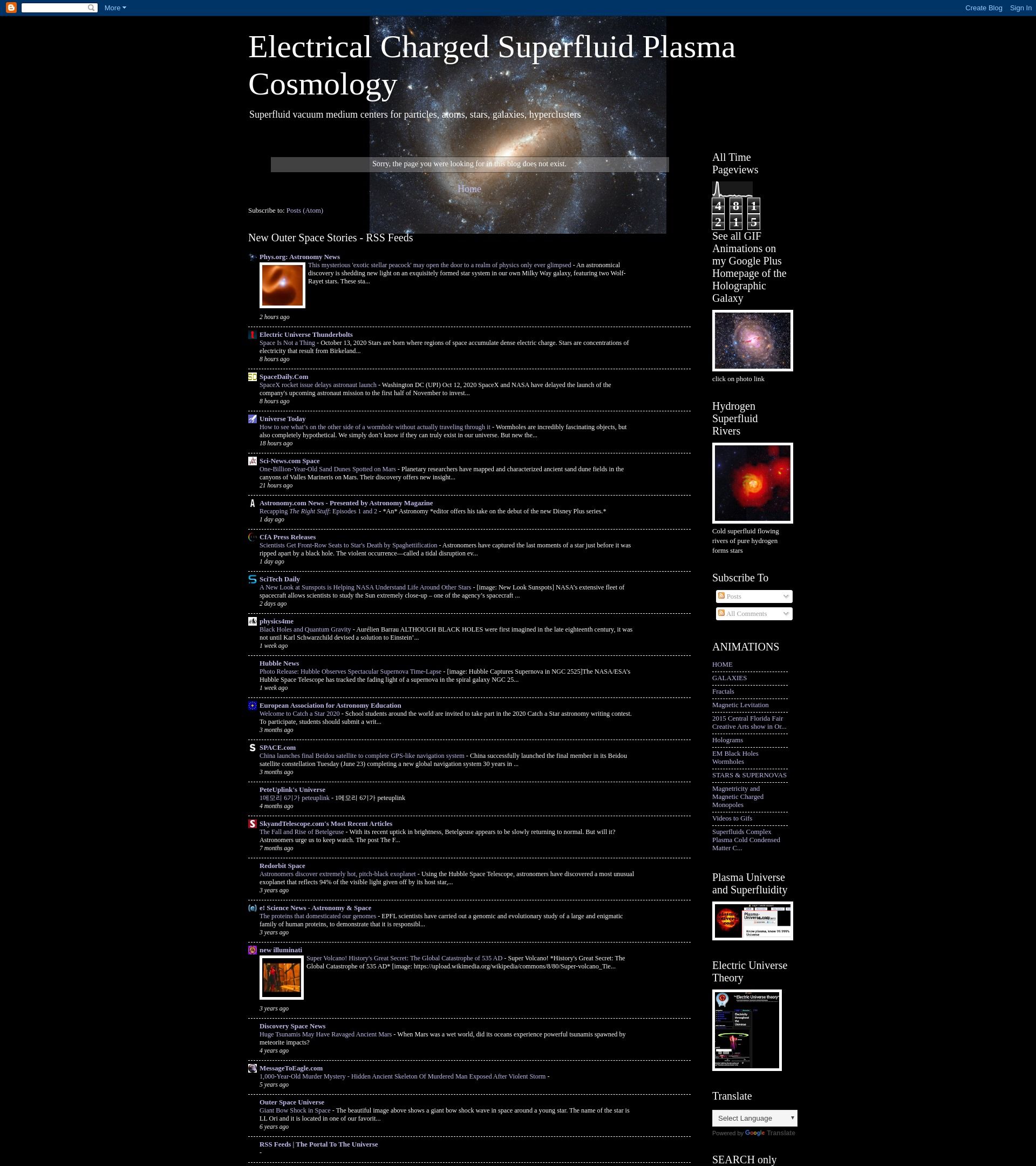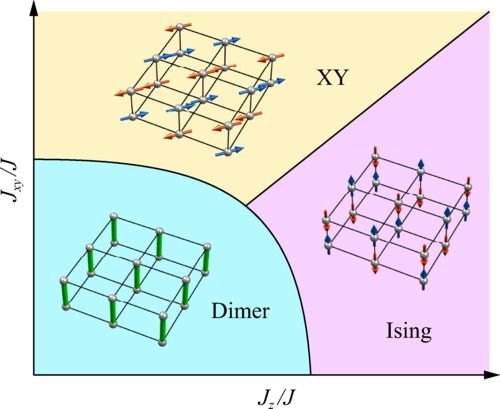The world’s small-scale farmers now can see a path to solving global hunger over the next decade, with solutions—such as adopting climate-resilient crops through improving extension services—all culled rapidly via artificial intelligence from more than 500,000 scientific research articles.
The results are synthesized in 10 new research papers—authored by 77 scientists, researchers and librarians in 23 countries—as part of Ceres2030: Sustainable Solutions to End Hunger. The project is headquartered at Cornell University, with partners from the International Food Policy Research Institute (IFPRI) and the International Institute for Sustainable Development (IISD).
The papers were published concurrently on Oct. 12 in four journals— Nature Plants, Nature Sustainability, Nature Machine Intelligence and Nature Food —and assembled in a comprehensive package online: Sustainable Solutions to End Hunger.









